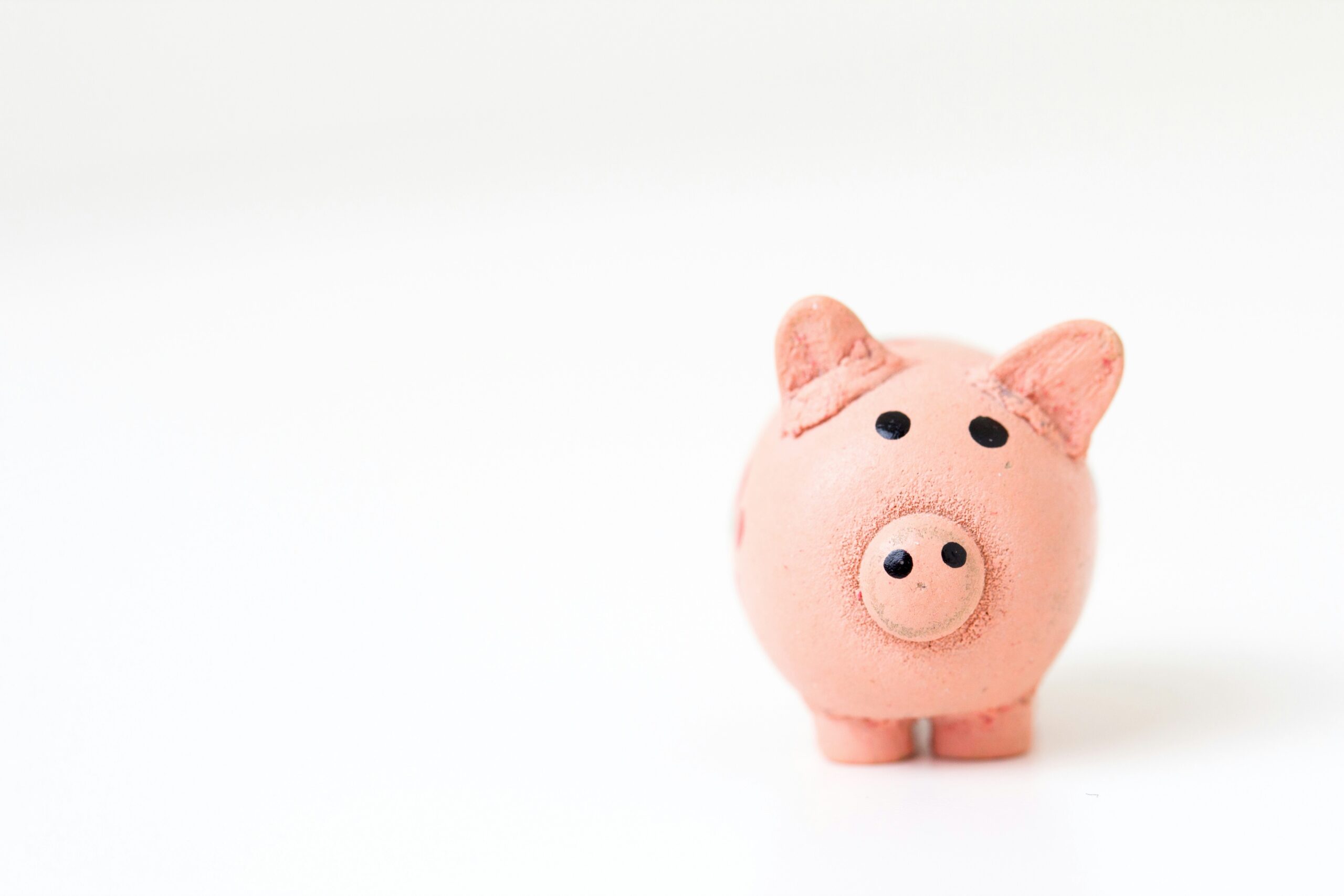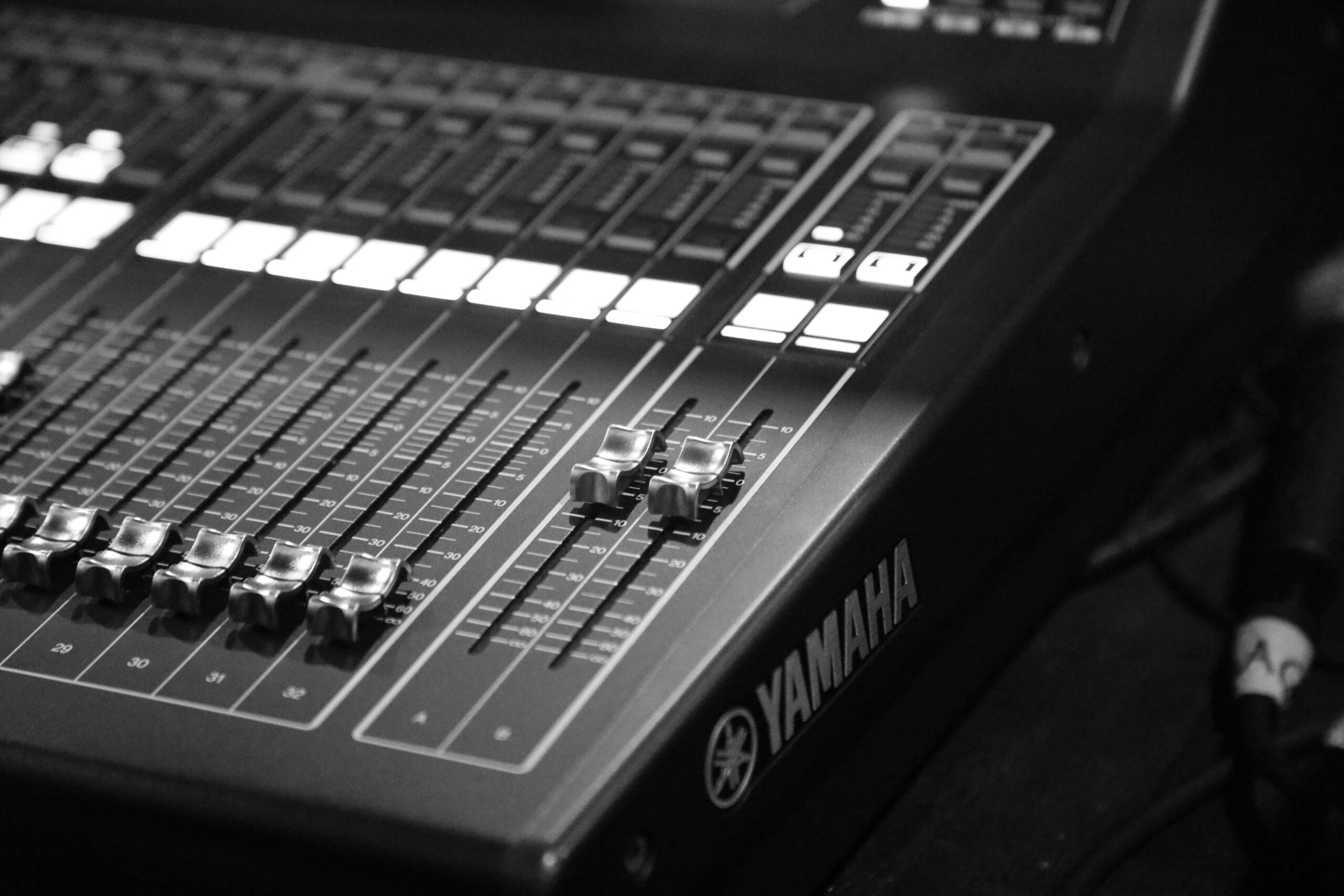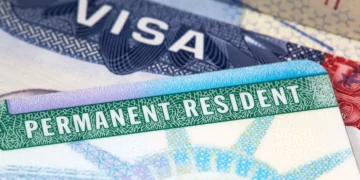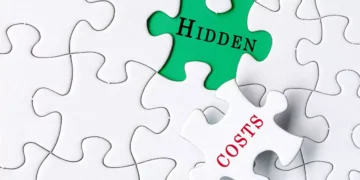No products in the cart.
How to Build an Emergency Fund: A Guide for Young Professionals
Introduction
As a young professional, it’s important to start building a safety net to protect yourself from unexpected financial emergencies. One of the most crucial components of this safety net is an emergency fund. An emergency fund is a pool of money set aside specifically for unforeseen events like medical emergencies, job loss, or car repairs. In this blog post, we will offer practical guidance on how young professionals can build an emergency fund from scratch.
Building an emergency fund may seem like a daunting task, especially when you’re just starting out in your career and have limited income. However, it’s essential to prioritize this financial goal to ensure your long-term financial security. Having an emergency fund can provide peace of mind and help you navigate through challenging times without resorting to expensive loans or accumulating credit card debt.
The first step in building an emergency fund is to determine how much money you should aim to save. Financial experts recommend having at least three to six months’ worth of living expenses set aside in your emergency fund. This amount can vary depending on your individual circumstances, such as your job stability, monthly expenses, and any dependents you may have.
To calculate your living expenses, start by listing all your essential monthly costs, such as rent or mortgage payments, utilities, groceries, transportation, and insurance premiums. Don’t forget to include any debt payments you have, such as student loans or credit card bills. Once you have a clear picture of your monthly expenses, multiply that by the number of months you want to save for.
Now that you have a target savings goal in mind, it’s time to create a plan to reach it. Start by examining your current budget and identifying areas where you can cut back on expenses. This might involve making small sacrifices, like reducing dining out or entertainment expenses, or finding ways to save on everyday items, such as shopping for groceries in bulk or using coupons.
Consider automating your savings by setting up a direct deposit from your paycheck into a separate savings account dedicated solely to your emergency fund. By automating your savings, you’ll be less tempted to spend the money earmarked for emergencies, and it will grow steadily over time.
Another strategy to boost your emergency fund is to increase your income. Look for opportunities to earn additional money, such as taking on a part-time job or freelancing in your spare time. You can also explore ways to monetize your hobbies or skills, like selling handmade crafts or offering tutoring services.
It’s important to remember that building an emergency fund is a gradual process that requires discipline and consistency. Start small if you need to and gradually increase your savings contributions as your income grows. Celebrate each milestone along the way to stay motivated and committed to your financial goals.
In conclusion, as a young professional, building an emergency fund should be a top priority. By following the steps outlined in this blog post and staying committed to your savings plan, you can create a financial safety net that will provide you with peace of mind and protect you from unforeseen events. Remember, it’s never too early to start building your emergency fund, and every small step you take towards this goal will bring you closer to financial security.
Why is an Emergency Fund Important?
Before we dive into the strategies for building an emergency fund, let’s first understand why it is so important. Life is unpredictable, and unexpected expenses can arise at any time. Without an emergency fund, you may find yourself relying on credit cards or loans to cover these expenses, which can lead to debt and financial stress.
An emergency fund provides a safety net, giving you peace of mind and financial security. It allows you to handle unexpected expenses without derailing your long-term financial goals. By having a cushion of savings, you can avoid going into debt and maintain control over your financial future.
One of the main reasons why an emergency fund is important is that it provides a sense of stability in times of uncertainty. Whether it’s a sudden medical emergency, a car breakdown, or a home repair, having money set aside specifically for these situations can make all the difference. Instead of scrambling to find the funds or relying on high-interest credit cards, you can simply dip into your emergency fund and handle the situation with ease.
Furthermore, an emergency fund can also protect you from unexpected job loss or a decrease in income. In today’s volatile job market, it’s essential to have a financial cushion that can support you during periods of unemployment or underemployment. With an emergency fund, you can cover your essential expenses while you search for a new job or wait for your income to stabilize.
Another benefit of having an emergency fund is that it can prevent you from making impulsive financial decisions. When faced with an unexpected expense, many people feel pressured to take on debt or dip into their long-term savings, such as retirement accounts. However, by having an emergency fund, you can avoid making hasty decisions and maintain your financial discipline.
Moreover, an emergency fund can also provide you with opportunities for growth and financial independence. With a solid financial foundation, you can take calculated risks, such as starting a business or investing in your education. Having the security of an emergency fund allows you to pursue your dreams and take advantage of opportunities that may come your way.
In conclusion, an emergency fund is not just a safety net for unexpected expenses; it is a crucial component of your financial well-being. It provides stability, protects you from financial setbacks, and gives you the freedom to make informed decisions about your future. By prioritizing the creation and maintenance of an emergency fund, you can navigate life’s uncertainties with confidence and build a solid foundation for long-term financial success.
Setting Financial Goals
Before you start building your emergency fund, it’s essential to set clear financial goals. Determine how much you want to save and by when. Having specific goals will help you stay motivated and track your progress along the way.
When setting your financial goals, consider factors such as your monthly expenses, income, and any upcoming financial obligations. Aim to save at least three to six months’ worth of living expenses. This will provide you with a solid foundation and peace of mind in case of emergencies.
Additionally, it’s important to think about your long-term financial goals. Are you saving for a down payment on a house, planning for retirement, or wanting to pay off debt? By identifying these goals, you can create a roadmap for your financial journey.
Once you have established your goals, break them down into smaller, achievable milestones. This will make the process more manageable and allow you to celebrate your progress along the way. For example, if your goal is to save $10,000 for a down payment on a house, you can set milestones of saving $1,000 each month.
Furthermore, it’s crucial to prioritize your goals. Determine which goals are most important to you and allocate your resources accordingly. You may need to make some sacrifices and adjust your spending habits to achieve your objectives.
Remember, setting financial goals is not a one-time activity. As your circumstances change, your goals may need to be adjusted accordingly. Regularly review and reassess your goals to ensure they align with your current financial situation and aspirations.
In conclusion, setting clear financial goals is the first step towards building an emergency fund and achieving financial stability. Consider your expenses, income, and long-term aspirations when determining your goals. Break them down into smaller milestones, prioritize them, and regularly review and adjust as needed. With a well-defined plan in place, you’ll be on your way to financial success.
Creating a Budget
Building an emergency fund requires careful budgeting and financial planning. Start by evaluating your current spending habits and identifying areas where you can cut back. Creating a budget will help you allocate a portion of your income towards your emergency fund consistently.
List all your monthly expenses, including rent, utilities, groceries, transportation, and entertainment. Differentiate between essential and non-essential expenses. Look for opportunities to reduce discretionary spending and redirect those funds towards your emergency fund.
Consider using budgeting apps or spreadsheets to track your expenses and monitor your progress. These tools can help you stay on top of your finances and make adjustments as needed.
Once you have a clear picture of your expenses, it’s important to set financial goals. Determine how much you want to save each month for your emergency fund and establish a timeline for achieving that goal. This will give you a sense of direction and help you stay motivated.
In addition to cutting back on expenses, consider finding ways to increase your income. This could involve taking on a side gig, freelancing, or asking for a raise at work. The extra income can be directed towards your emergency fund, accelerating your savings.
It’s also important to review your budget regularly and make adjustments as necessary. Life circumstances can change, and your budget should reflect these changes. For example, if you receive a salary increase or experience a decrease in expenses, consider reallocating those funds towards your emergency fund.
Another strategy to consider is automating your savings. Set up automatic transfers from your checking account to your emergency fund. By doing this, you won’t have to rely on willpower to save. The money will be saved before you even have a chance to spend it.
Finally, it’s crucial to stay disciplined and committed to your budget. It may be tempting to dip into your emergency fund for non-emergency expenses, but try to resist the urge. Remember, the purpose of the fund is to provide a safety net during unexpected financial hardships.
Automate Your Savings
One of the most effective strategies for building an emergency fund is to automate your savings. Set up an automatic transfer from your checking account to a separate savings account specifically designated for your emergency fund.
By automating your savings, you remove the temptation to spend that money elsewhere. Treat your emergency fund contribution as a fixed expense, just like your rent or utility bills. This way, you ensure that you consistently save towards your goal without having to think about it.
Start with a small amount that you feel comfortable with, and gradually increase the contribution as your income grows or expenses decrease. The key is to make saving for emergencies a habit.
Another benefit of automating your savings is that it allows you to take advantage of compound interest. When you consistently contribute to your emergency fund over time, the interest earned on your savings compounds, meaning you earn interest on both the principal amount and the interest already earned. This can significantly boost the growth of your emergency fund over the long term.
In addition to automating your savings, consider setting specific savings goals for your emergency fund. Determine how much you want to save and by when, and then break it down into manageable monthly or weekly contributions. Having a clear goal in mind can help you stay motivated and focused on building your emergency fund.
It’s also important to regularly review and adjust your savings strategy as needed. Life circumstances and financial priorities can change, so it’s essential to adapt your savings plan accordingly. If you receive a raise or a bonus, consider increasing your automated savings contribution. On the other hand, if you experience a financial setback, you may need to temporarily reduce your savings or explore other options to supplement your emergency fund.
Remember, building an emergency fund takes time and discipline. It’s not always easy to set aside money for the unknown, but having a financial safety net can provide peace of mind and protect you from unexpected expenses. By automating your savings and making it a priority, you can gradually build a robust emergency fund that will help you weather any financial storm.
Reduce Debt
While building your emergency fund, it’s also important to address any existing debt. High-interest debt, such as credit card debt or personal loans, can hinder your progress towards financial security.
Allocate a portion of your budget towards paying off debt, focusing on the highest interest rate balances first. By reducing your debt, you free up more money to put towards your emergency fund. It’s a balancing act between saving and debt repayment, but both are crucial for your long-term financial well-being.
One effective strategy for reducing debt is the debt snowball method. This approach involves paying off your smallest debts first while making minimum payments on larger debts. As you pay off each smaller debt, you gain momentum and motivation to tackle the larger ones.
Another option is the debt avalanche method, which prioritizes paying off debts with the highest interest rates first. This method can save you more money in interest payments over time, but it may take longer to see tangible results compared to the debt snowball method.
Regardless of the method you choose, it’s important to create a budget that allows for consistent debt repayment. Look for areas in your budget where you can cut back on expenses and redirect that money towards debt reduction. Consider negotiating with your creditors for lower interest rates or exploring debt consolidation options to simplify your repayment process.
In addition to focusing on high-interest debt, it’s important to be mindful of your overall debt-to-income ratio. Lenders often consider this ratio when evaluating your creditworthiness. Aim to keep your debt-to-income ratio below 30%, as this demonstrates financial stability and responsible borrowing habits.
Reducing debt not only improves your financial situation but also provides a sense of relief and peace of mind. As you pay off debts, celebrate your progress and use that momentum to stay motivated on your journey towards financial freedom.
Explore Additional Income Streams
If you find it challenging to save enough from your primary source of income, consider exploring additional income streams. This could include freelancing, part-time jobs, or monetizing a hobby or skill.
Having multiple sources of income not only increases your earning potential but also provides a safety net in case of job loss or reduced hours. Allocate the additional income towards your emergency fund to accelerate your savings.
Freelancing is a great way to earn extra money, especially if you have a specific skill set that is in demand. You can offer your services as a freelance writer, graphic designer, web developer, or any other field where you have expertise. Many companies and individuals are willing to pay for quality work, so freelancing can be a lucrative option.
Another option is to look for part-time jobs that can fit around your existing schedule. This could be anything from working in retail or hospitality to tutoring or pet sitting. Part-time jobs not only provide extra income but also give you an opportunity to learn new skills and expand your network.
If you have a hobby or skill that you enjoy, consider monetizing it. For example, if you are a talented photographer, you can sell your photos online or offer photography services for events. If you enjoy crafting, you can sell your handmade products on platforms like Etsy. Monetizing your hobby allows you to do something you love while earning extra income.
When exploring additional income streams, it’s important to find a balance between your primary job and any side gigs. Be realistic about how much time and energy you can commit to these additional sources of income. It’s also important to consider any legal or contractual obligations you may have with your primary employer.
Remember, the goal of exploring additional income streams is to boost your savings and create a financial cushion. By diversifying your income, you can become more financially secure and better prepared for any unexpected expenses or changes in your primary job situation.
Having a separate account for your emergency fund is crucial for several reasons. First and foremost, it helps you maintain financial discipline and avoid the temptation to use the funds for non-emergency expenses. By keeping your emergency fund in a separate account, you create a mental barrier that reminds you that this money is strictly reserved for unexpected situations.
Moreover, by choosing the right type of account for your emergency fund, you can maximize its growth potential. High-yield savings accounts and money market accounts are excellent options to consider. These accounts typically offer higher interest rates compared to regular savings or checking accounts, allowing your emergency fund to grow more quickly over time.
When selecting a high-yield savings account or a money market account, it’s important to consider factors such as interest rates, fees, and accessibility. Look for accounts that offer competitive interest rates, as this will help your emergency fund grow at a faster pace. Additionally, pay attention to any fees associated with the account, such as monthly maintenance fees or transaction fees, as these can eat into your savings.
Accessibility is another key consideration. While it’s important to keep your emergency fund separate, you also want to ensure that you can access the funds quickly and easily when needed. Look for accounts that offer online banking and mobile app access, as this will allow you to manage your emergency fund conveniently and make withdrawals when necessary.
Lastly, remember to regularly review and reassess your emergency fund. As your financial situation changes, you may need to adjust the amount of money you have set aside for emergencies. Life events such as job loss, medical emergencies, or unexpected home repairs can impact your financial stability, so it’s essential to ensure that your emergency fund remains adequate to cover these unforeseen expenses.
In conclusion, keeping your emergency fund separate from your regular accounts and choosing the right type of account for it are essential steps in building a strong financial safety net. By maintaining discipline, maximizing growth potential, and regularly reviewing your emergency fund, you can ensure that you are prepared for any unexpected financial challenges that may arise.
Replenishing your emergency fund is not only important for your financial security, but it also helps to maintain a sense of stability and peace of mind. After using your emergency fund for an unexpected expense, it’s crucial to take immediate action to rebuild it.
One way to replenish your fund is to reevaluate your budget and make necessary adjustments. Take a close look at your expenses and identify areas where you can cut back or eliminate unnecessary spending. This could mean reducing your entertainment expenses, dining out less frequently, or finding more affordable alternatives for certain purchases.
In addition to cutting back on expenses, consider increasing your savings contributions. If you have a set amount that you contribute to your emergency fund each month, consider increasing that amount temporarily until your fund is fully replenished. This might require making some sacrifices in other areas of your budget, but it will be worth it in the long run.
Another strategy to replenish your emergency fund is to look for additional sources of income. This could involve taking on a side gig or freelance work, selling items you no longer need, or finding ways to monetize your skills or hobbies. By generating extra income, you can accelerate the replenishment process and reach your savings goal faster.
It’s important to remember that replenishing your emergency fund should be a priority. While it may be tempting to use the money for other purposes or delay replenishing it, doing so can leave you vulnerable to future financial emergencies. By making a conscious effort to rebuild your fund as soon as possible, you are taking proactive steps to protect yourself and your financial well-being.
Review and Adjust Regularly
As your financial situation evolves, it’s important to review and adjust your emergency fund strategy regularly. Life events such as a new job, a raise, or changes in living expenses may require you to revisit your savings goals and contributions.
Set aside time at least once a year to reassess your emergency fund and make any necessary adjustments. This will ensure that your safety net remains strong and aligned with your current financial needs.
During your annual review, take into account any changes in your income or expenses. If you’ve received a raise or promotion at work, consider increasing the amount you contribute to your emergency fund. This will allow you to continue building your savings and provide a larger cushion in case of unexpected events.
On the other hand, if you’ve experienced a decrease in income or an increase in expenses, you may need to adjust your savings goals. It’s important to be realistic and ensure that your emergency fund remains attainable while still providing adequate protection.
In addition to changes in income and expenses, consider any significant life events that may impact your emergency fund needs. For example, if you’re planning to start a family or purchase a home, you may want to increase your savings to account for these future expenses.
Furthermore, it’s crucial to stay informed about current economic conditions and any potential risks that may affect your financial stability. Keep an eye on interest rates, inflation rates, and any changes in the job market. These factors can impact your emergency fund strategy and may require you to make adjustments to ensure your savings remain effective.
Remember, an emergency fund is not a set-it-and-forget-it strategy. It requires ongoing attention and evaluation to ensure it continues to meet your needs. By reviewing and adjusting your emergency fund regularly, you can maintain a strong financial safety net and be prepared for whatever comes your way.



















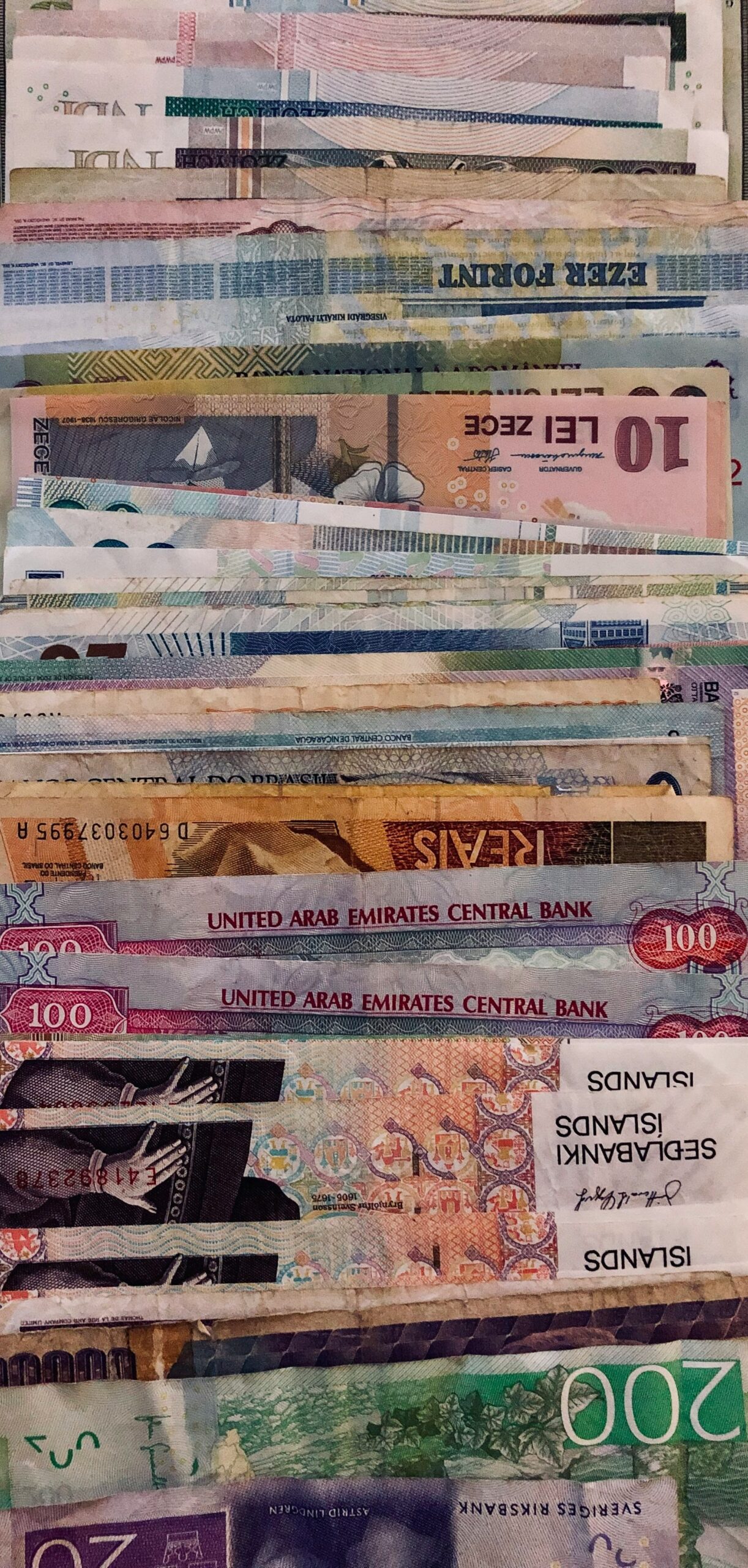
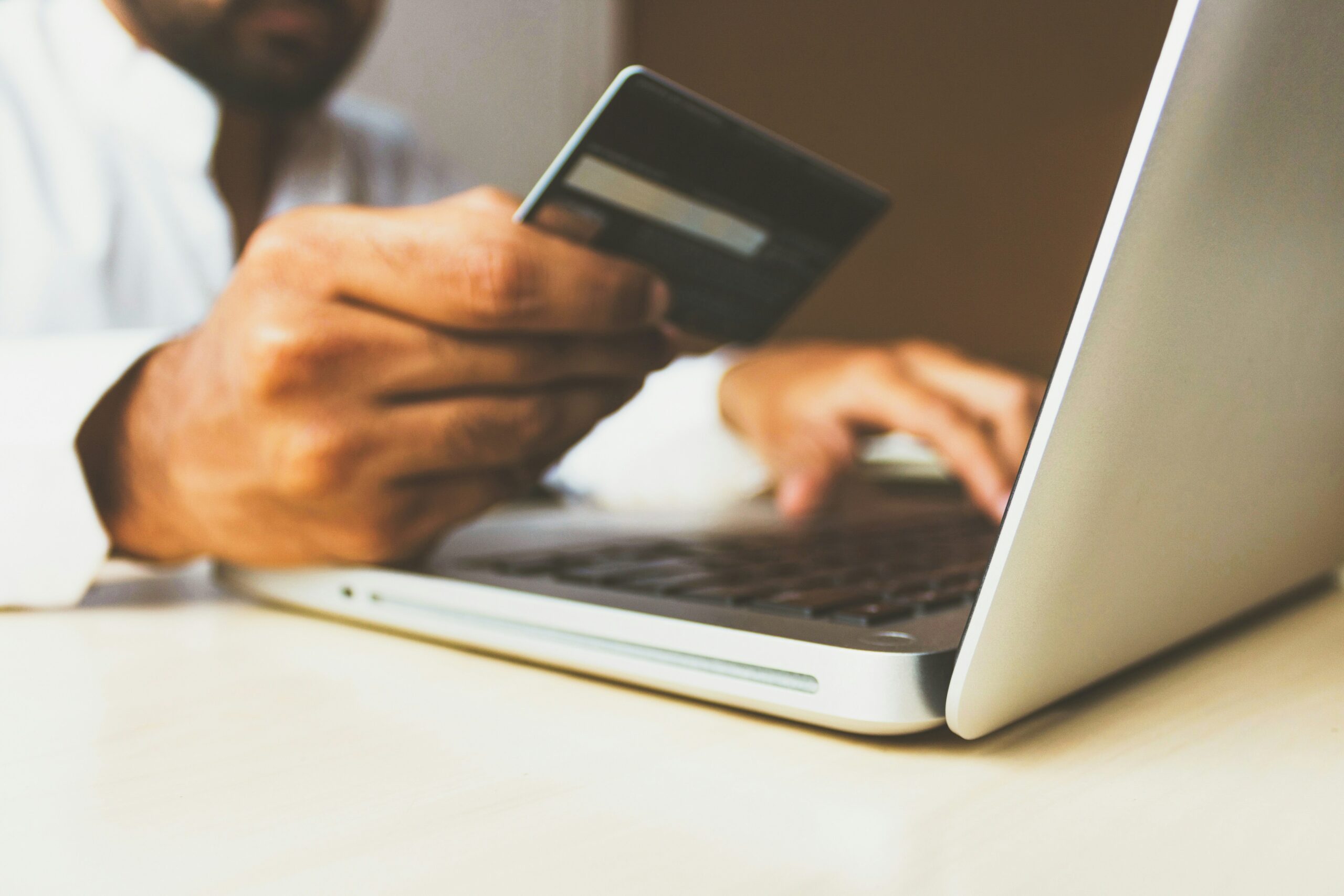

![A Comprehensive Review of [Course/Product/Experience Name] 22 man in gray shirt sitting on black chair](https://theamericansidehustle.net/wp-content/uploads/2025/03/man-in-gray-shirt-sitting-on-black-chair-1-scaled.jpg)





